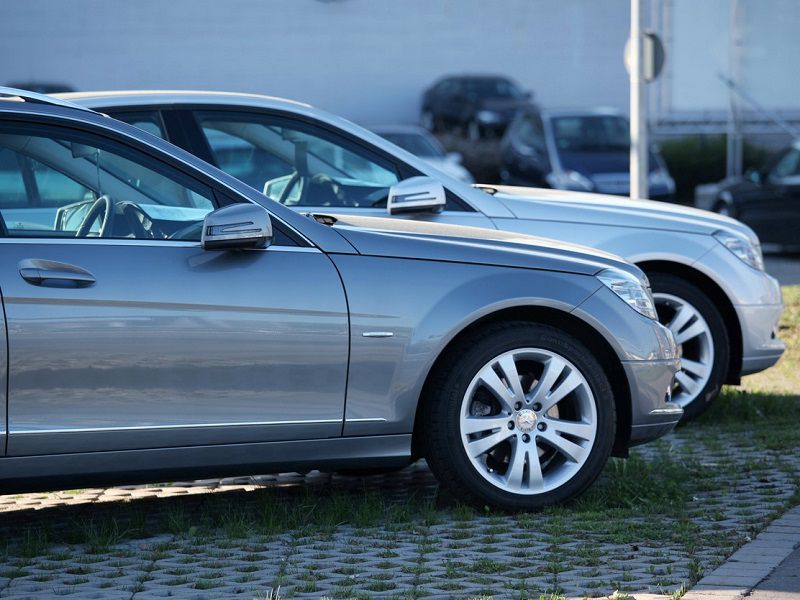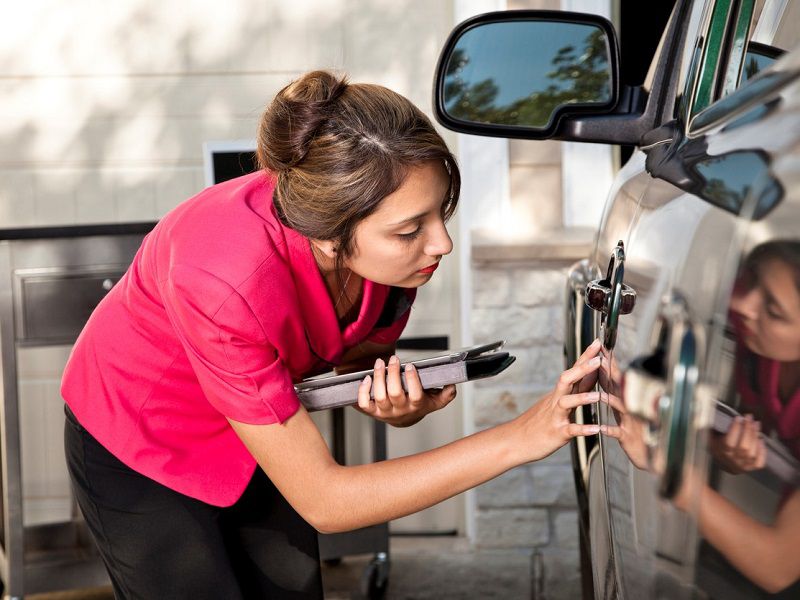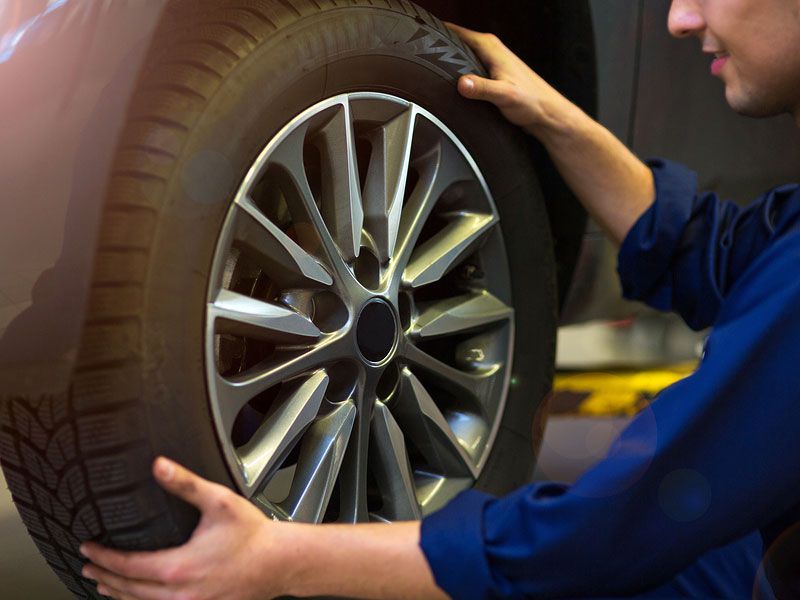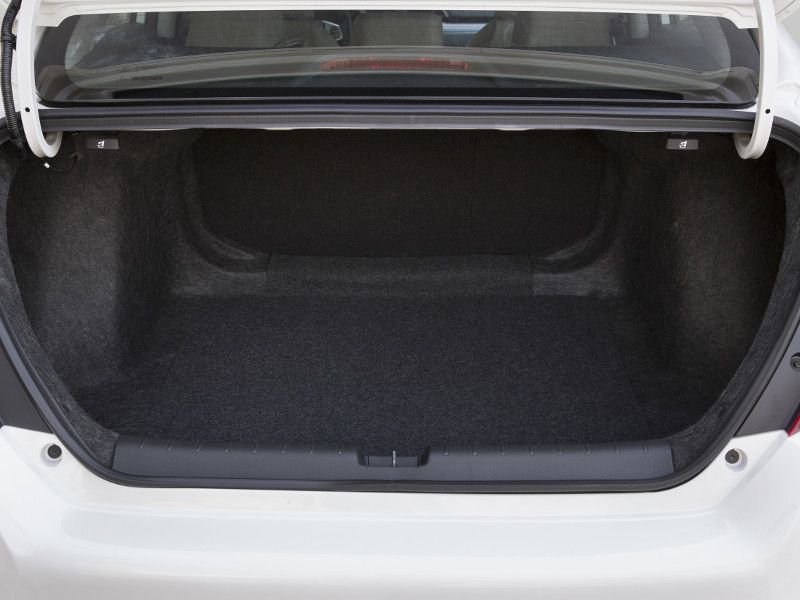Recent Articles
Popular Makes
Body Types
How to Compare Two Similar Used Cars

iStock cars side by side
You’ve done your research for the right used car, and you’ve narrowed the list down to two. The moment of truth is at hand. You could pick the right one... or the wrong one. We’ve all been there when buying big-ticket items, and if we’re honest with ourselves, sometimes we have made the wrong choice. Even though the vehicles are closely matched — and at this stage of your buying process, they probably will be — it is likely that one is a significantly better choice than the other.
So don’t use a coin flip to decide the one you choose. Instead, go through a process as I did recently when we settled on a used crossover SUV for my daughter. In our case, we chose the brand, model, and even the trim level. Then it was a matter of choosing the better of two very similar examples. In the end, using the techniques described here, we landed on what we think is the perfect vehicle for her.
Make certain you compare.
The title of this article is “How to Compare Two Similar Used Cars,” so perhaps it should go without saying that you make certain you compare the two cars, but you’d be surprised how few actually do that.
Instead of taking a rational look at each of the contenders, they get caught up in emotions and feelings and never really take the time to consider each one on its merits. “I really like the blue one.” “That salesperson seemed much nicer.” Of course, there is room for emotions in a car purchase. You’re paying a lot of money, so you might as well love the choice you make, but it is worthwhile to make certain you like the choice as well as love it.

Create a checklist.
One way to be certain you are giving proper attention to the left-side, rational-thinking portion of your brain when choosing between two similar used cars is to make a written checklist of "must-haves." These could be things like five-passenger seating, plenty of cargo space, and minimum fuel economy. Presumably, you are buying a car for a reason that is more substantial than you “just wanted one.”
Sit down with your tablet or a sheet of paper and jot down the five to 10 things you want from your used car. You might have already done this, at least mentally, as you winnowed your choices down to just two contenders. With this checklist in hand, go over the two vehicles to see how they stack up against these criteria.

Compare important data.
Some car buyers go to extremes and create spreadsheets of data and information. You don’t have to go that far, but it is wise to compare what we describe as important data. Certainly, the prices of the two vehicles fall into that category, and comparing asking prices is of value.
At the same time, it is valuable to read expert road tests and reviews, which you can find right here at Autobytel. You should look at consumer reviews and ratings based on consumer input, and it is also of value to research the vehicles' cost to own, which might also be called cost of ownership. Two vehicles that are similar in size and purchase price could well have very different cost-to-own predictions.

Compare specifications.
You can drive yourself crazy looking at a wide variety of vehicle specifications, but eyeballing a few can put the two vehicles in better perspective. For example, you might have narrowed the choice to two used cars that have the same purchase price, but one might be smaller and have a higher level of equipment, while the other might offer more room but lacks some of the features you want.
When examining specifications, look at things like miles per gallon, interior volume, and trunk volume. One important item that is often overlooked is “range” — the number of miles you can drive on a tankful of gas. It is also wise to look at the safety equipment found in each of the cars to see if one has more.

Photo by iStock Photo
Compare the vehicles “in the flesh.”
Once you have done the “theoretical” comparison by going over your personal checklist, looking at important data and comparing specifications, it is time to get up-close and personal with the two vehicles themselves. Again, many people shortchange themselves on the following steps, often because they feel rushed by the salesperson.
The good news is that car dealers have become more and more comfortable with giving potential customers a longer and closer look at the car. If possible, drive the car away from the dealership and park it in a place where you can view it inside and out without the staring eyes of the car salesperson. By the way, if the dealership is reluctant to let you do this, you might want to shop elsewhere.

Photo by iStock Photo
Go over the exterior.
The first things people notice about any car are its exterior color and its shape. Most of us have visceral reactions to color, and that’s why the vast majority of vehicles these days are purchased in very neutral or nearly “non-colors” like gray, silver, white, and black.
Beyond your reaction to the car’s color, you will also respond to the car’s shape. In grander parlance, its exterior design will look good to you or perhaps not so good. Again, an emotional reaction is part of the process. Once you have assessed the “big picture” color and styling items, get to the details. Look at the exterior body panels and doors. Do they seem to line up well with uniform gaps? Are the trim pieces like chrome emblems and grille well-aligned, bright, and shiny? Is the paint chipped, cracked, or scratched? Does there seem to be any sign of serious damage, like mismatched paint? These items are important differentiators when you choose between two similar cars.

Examine the tires and wheels.
A vehicle’s tires are very crucial pieces of safety equipment. The contact patch each tire makes with the pavement determines the vehicle’s ability to accelerate, brake, and turn. Without good, solid contact, you have very little car control. This means you need to take a strong look at the tires of the two vehicles in question.
Even between vehicles with similar miles on their odometers, tire wear can be drastically different. Poor wheel alignment can result in unusual tire wear and diminished handling ability. Tread depth is important because tires whose tread is severely worn can present traction problems on wet roads. Use the Lincoln “penny test” to determine if the tires on the two cars you are comparing have sufficient tread. At the same time, examine the wheels. Many vehicles are equipped with alloy wheels that can take a beating if the previous driver wasn’t skilled at parking, and those gouges can be expensive to fix.

Photo by Adobe Stock
Give the interior a strong look.
The car’s interior is the vehicle’s “living space,” so a detailed examination can give you strong clues on how the vehicle was maintained. A neat, clean interior with no upholstery issues, carpet stains, or broken items is a good sign.
As with the exterior, look at the fit of the various pieces — in this case, things like the glove book door and the center console armrest. Are the instruments legible? Are all the buttons and touchscreens operating properly? Do the power-operated mirrors work as designed? Is the car equipped with Bluetooth, Apple CarPlay, or Android Auto? In cars of the same class, there is often a vast difference in seat comfort and adjustability. Take the time to assess both in the two cars you are examining.

Consider the cargo area.
You might not be hauling things every day, but the odds are there are times when the size and accessibility of the cargo area will be important to you. While the size of the space does matter, so does the ability to get things in and out of it.
Some trunk lids are exceptionally small these days, and a big trunk isn’t useful if you have difficulty getting stuff into it. Lift-over height — the distance you have to lift things to get them into a sedan's trunk or SUV's cargo hold — is another issue. Again, similar cars can have varied liftover heights and cargo area accessibility. Also check for trunk and cargo area lighting, which can be valuable. One car you look at might be stellar in this area, while the other doesn’t offer it.

Photo by Honda
Check under the hood.
Many people buy cars without ever looking at the engine, but even if you’re not a mechanic, you can learn a few things from raising the hood and taking a few minutes to look around.
First, look for any signs of leaks like discoloration or light corrosion at the junction between the cylinder head and the block or other areas in the engine compartment. Is there a solid connection between battery cables and the battery? Are the connections corrosion-free? How old does the battery appear, or does it have the installed-date written on it? Check the hoses by hand — be careful; they might be hot — for signs of leaks or “sponginess.” The latter is a clue the hose needs to be replaced. On current cars, multiple belts have been replaced by a serpentine belt that is multi-function, but it is still worthy of being checked. Squealing and chirping noises from the belt can be signs of imminent failure. (If all this is beyond you, take the time to get the opinion of an experienced mechanic.)
